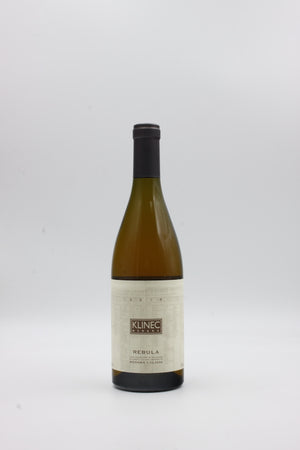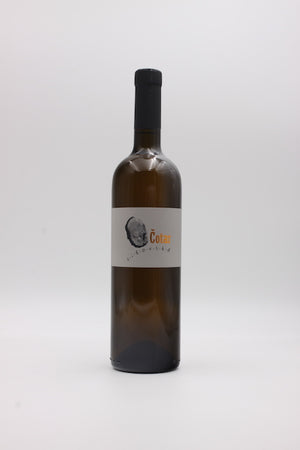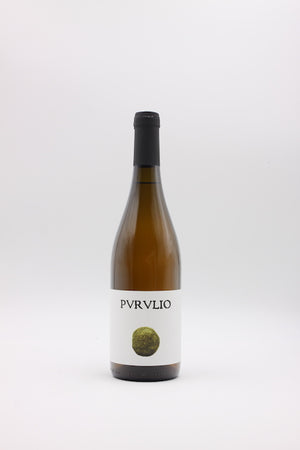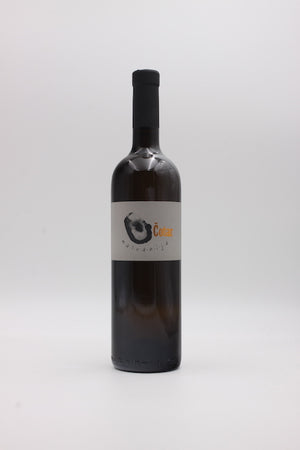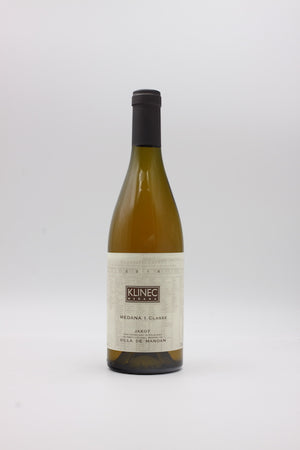- Home
- Orange wines
- Denavolo: Catavela 2020


Denavolo: Catavela 2020
- €17,90
Catavela: The Elegance of Young Vines
The foundation of Catavela lies in young vines that Giulio Armani planted in 2008 on a steep, limestone-rich vineyard at an elevation of 700 meters. Staying true to his region, Giulio populated the slopes with indigenous varieties and grapes historically rooted in the hills around Piacenza. Alongside his signature grapes—Malvasia di Candia Aromatica, Ortrugo, and Marsanne—Catavela also includes the nearly forgotten Santa Maria, Sauvignon Blanc (introduced to the area by Napoleon’s troops, as the story goes), Trebbiano Romagnolo, and Moscato.
These varieties each play a role in creating Catavela’s character. After manual harvest, the wine spends seven days on the skins and undergoes spontaneous fermentation. It is then aged for several months in stainless steel tanks. No filtration, fining, or sulfur is used in its production.
Style
Cool, bone-dry, delicate, and aromatic—Moscato and Malvasia di Candia Aromatica leave their mark, yet the wine eschews floral tones for intense fruit and herbal aromas. These are complemented by stony, saline nuances. Its structure is strict and linear, the texture elegant and cool, with an invigorating and juicy finish that leaves you wanting more.
Technical Details
- Grape Variety: Malvasia di Candia Aromatica, Ortrugo, Marsanne, and small amounts of indigenous and traditional varieties
- Plant Protection: Sulfur, copper, and plant- or animal-based preparations (not certified)
- Vineyard Soil: Limestone and rock with a thin humus layer
- Harvest: Hand-picked
- Fermentation: Spontaneous fermentation with wild yeasts; 7 days on skins
- Aging: Several months in stainless steel tanks
- Filtration: None
- SO₂: Unsulfured
- Alcohol Content: 10% vol
- Closure: Natural cork
- Serving Temperature: 10–12°C
- Ideal Drinking Window: Now–2028
- Volume and Price per Liter: 0.75 l (€23.87/l)
All winemakers listed by Vinonudo cultivate their vineyards using compost, organic fertilizers, and natural preparations, avoiding herbicides, pesticides, and synthetic fertilizers.
Newsletter
Who knows more, tastes more. Once a week there is news about our wines, winegrowers and events.
© 2025 vinonudo | Shopify Theme by Mile High Themes | Powered by Shopify
